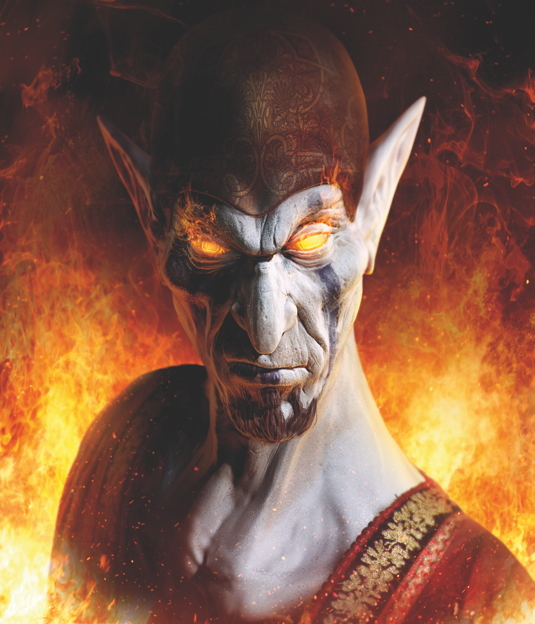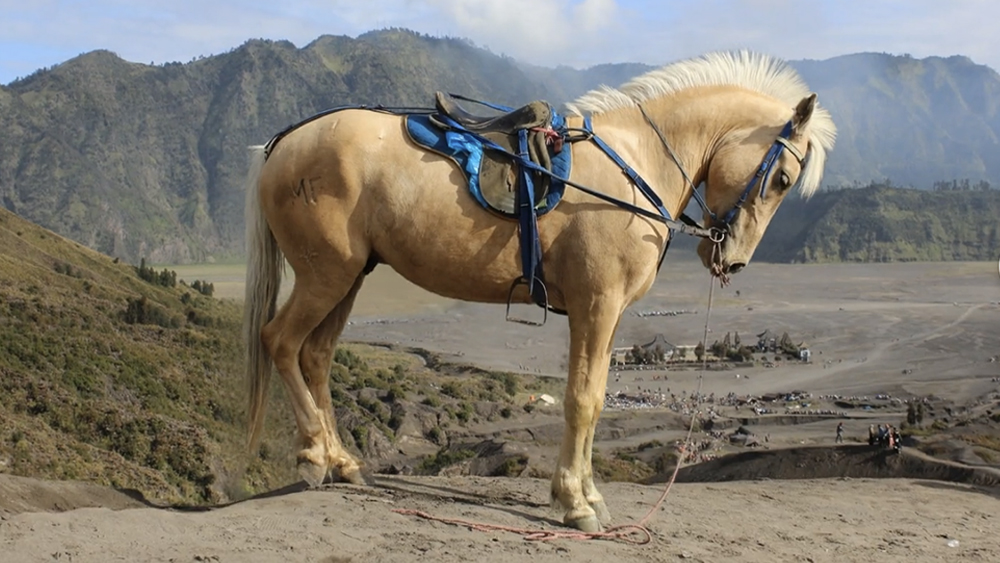How to realistically depict fire in your artwork
Visual development artist Mark Molnar shows you how to create fire worthy of a blockbuster movie.
To add realistic fire to my image I create a painted base that roughly resembles the colour and shape of the flame I have in mind. After this first Normal layer, I start to add multiple photographs of fire. For light-based effects I always use the Screen layer option, because it cuts out the dark parts of the image.
In addition, Overlay and Soft Light layers placed on top of my painted base give the image more variation. During this process I change the value range of the effect layers with Levels and transform them to the shape I need with the Warp Tool.

I try to re-create the parts of the fire separately with photo textures and painted elements. The core of the fire, the flames, the smoke and the small flying embers can add extra dynamism. Try to be creative with your photo textures.

For example, in this piece I use multiple inverted photos of ink clouds dissolving in water to give the background flames a magical look.
Note that when applying photo textures, you shouldn't allow these images to be in control. Shape all the textures as necessary and composite multiple reference images together to achieve the exact look you're after.
Words: Mark Molnar
Mark Molnar works as a concept and visual development artist for the entertainment industry. He also freelances for film, game and animation companies. This article originally appeared in ImagineFX issue 103.
Daily design news, reviews, how-tos and more, as picked by the editors.

The Creative Bloq team is made up of a group of art and design enthusiasts, and has changed and evolved since Creative Bloq began back in 2012. The current website team consists of eight full-time members of staff: Editor Georgia Coggan, Deputy Editor Rosie Hilder, Ecommerce Editor Beren Neale, Senior News Editor Daniel Piper, Editor, Digital Art and 3D Ian Dean, Tech Reviews Editor Erlingur Einarsson, Ecommerce Writer Beth Nicholls and Staff Writer Natalie Fear, as well as a roster of freelancers from around the world. The ImagineFX magazine team also pitch in, ensuring that content from leading digital art publication ImagineFX is represented on Creative Bloq.
